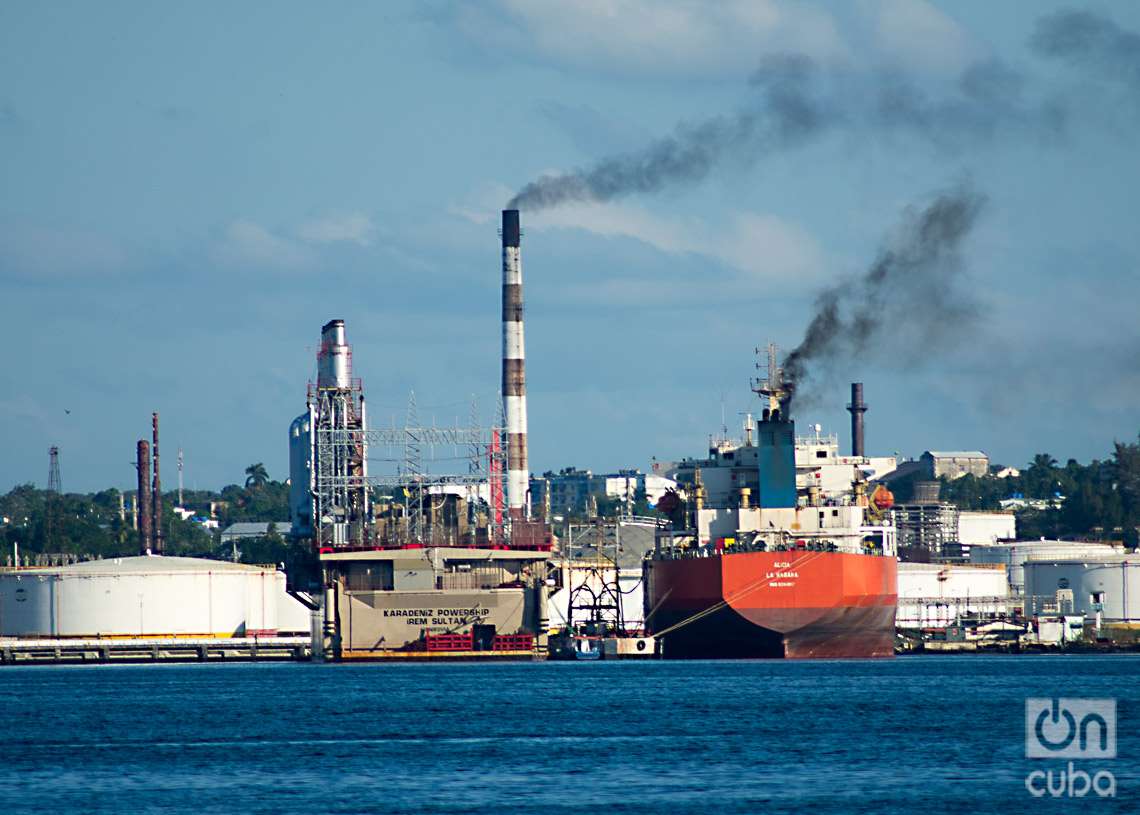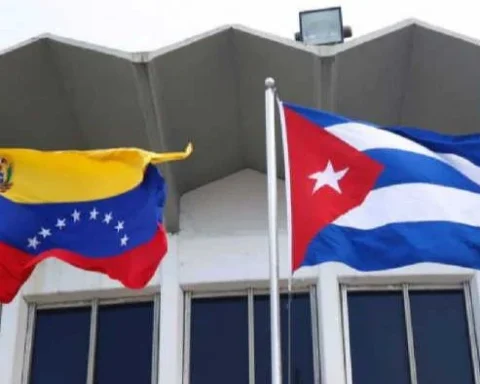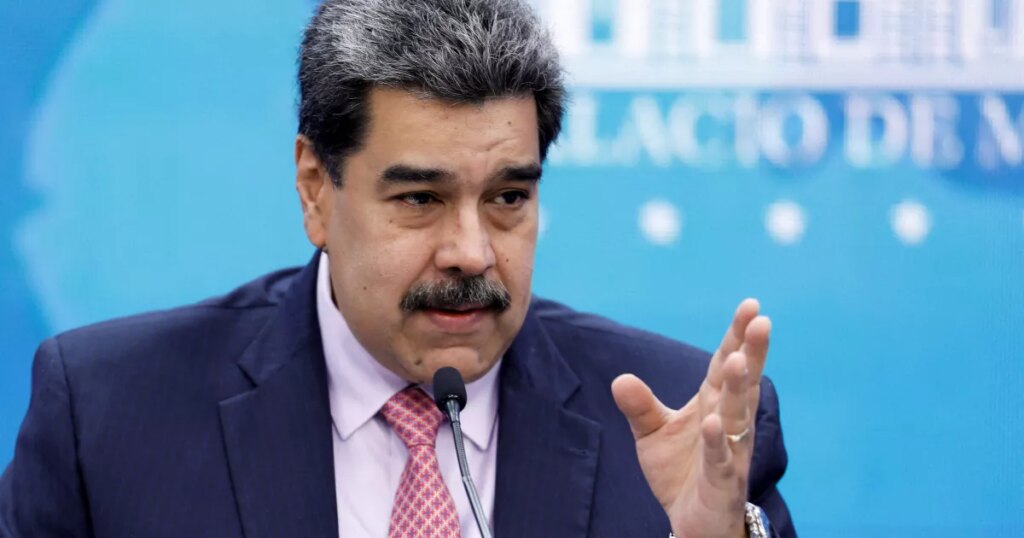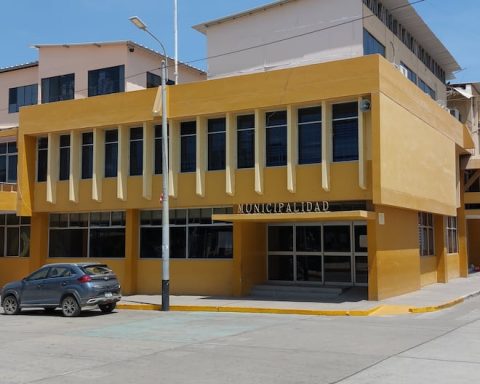The last floating plant contracted by Cuba to the Turkish company Karandeniz Holding. Co synchronized three of its six motors to the National Electric System (SEN), reported a note of the Caribbean Canal, in which it is specified that the remaining engines “are in the phase of adjustments, technical checks and start-up to enter online”.
With the entry of this plant, there are already seven mobile units that generate in the bays of Havana and Mariel, from where a contribution of more than 400 megawatts to the SEN is expected, the note said.
Of Turkish origin, the last of these floating plants can reach a maximum of 110 MW after the commissioning of its six engines, according to official Cuban media. Rafael Rigoberto Matos García, general director of the Havana Distributed Generation Company, assured national television that these plants work with fuel and do not require high fuel consumption.
The installation and commissioning of these seven plants contracted to the company Karandeniz Holding aims to reduce the serious crisis of electrical service in the country, marked by blackouts, thermoelectric ruptures and scheduled repair services.
Specialists from the Unión Eléctrica (UNE) explained that, in 2023, floating plants must deliver between 18 and 20% of electricity generation in Cuba.
Mobile electricity generation systems have been in operation in Cuba since 2019, when the first product of an agreement signed with the Turkish company came into operation.
The commissioning of these generating units has contributed to the reduction of blackouts in Cuba. After months of notable impacts, this week the energy deficit has been reduced to below 10% during the hours of greatest consumption in the evening-night for up to three different days, according to UNE data.















